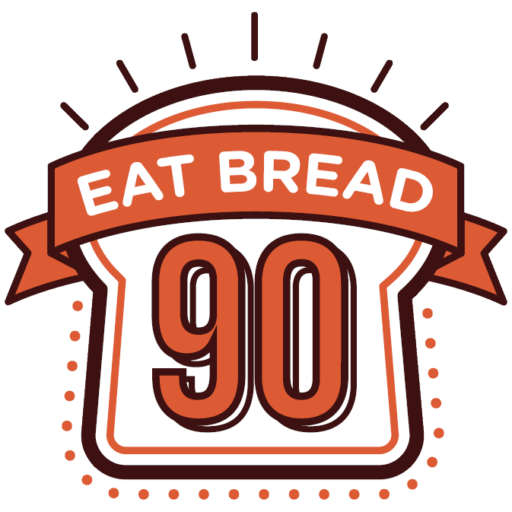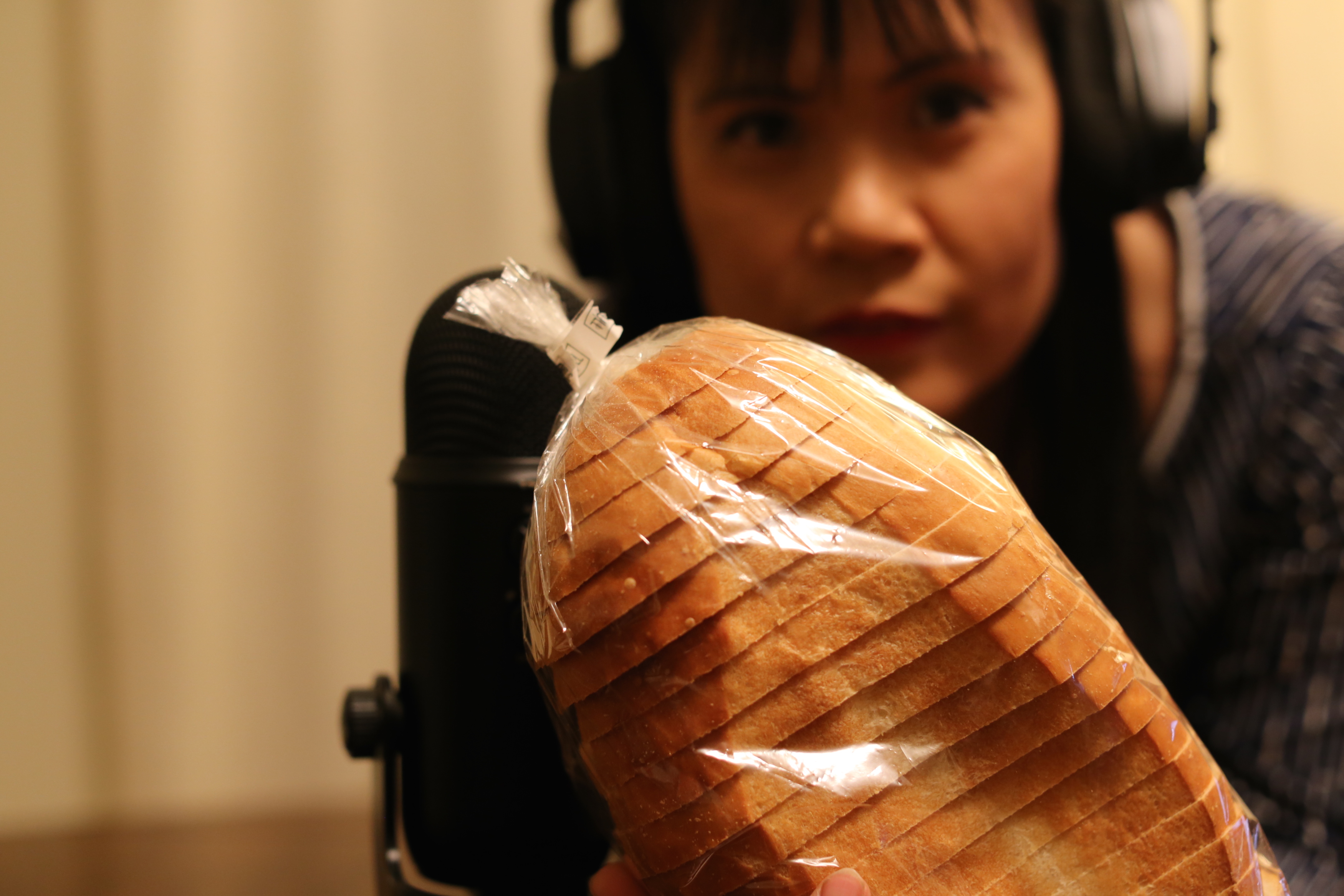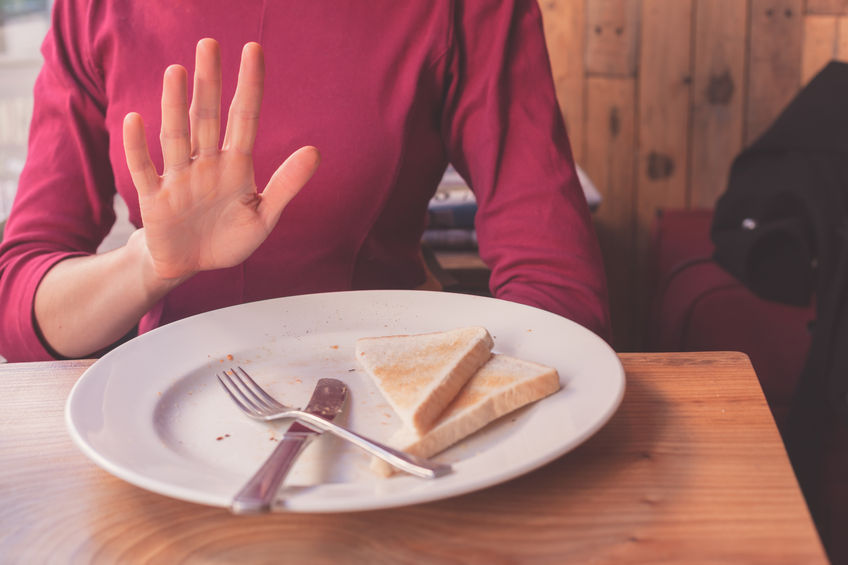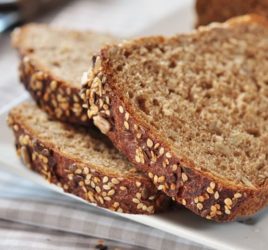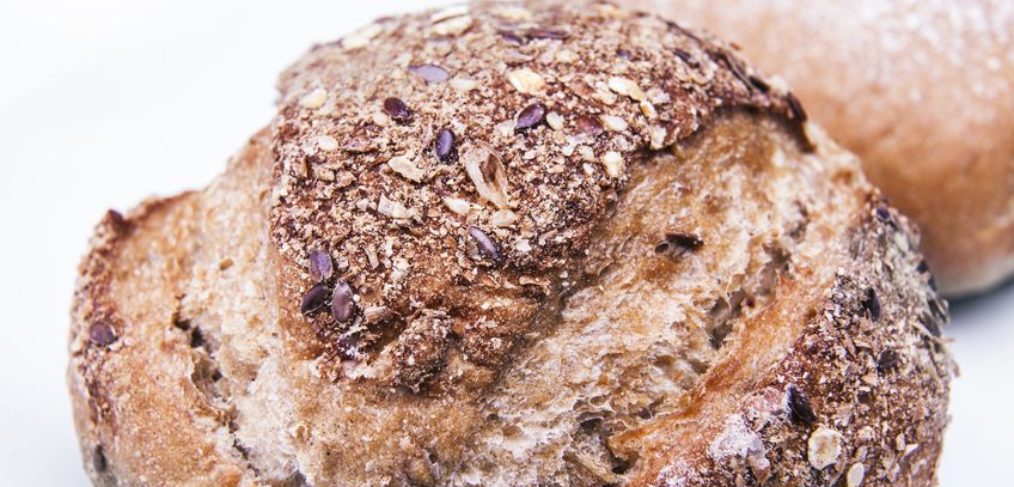
Are you a Bread Guru or Carbophobic?
1. Gluten:
Gluten is a safe plant based protein. Eating more of something does not cause your body to develop allergies. If that were the case, ice cream would be obsolete! Those who suffer from celiac disease, gluten intolerance, and wheat allergies are seriously affected by gluten and should not consume products that contain gluten.
2. Eating bread can:
While we don’t recommend you eat a whole loaf a day like Dr. Carson, eating bread will help you feel fuller longer. Bread is a low fat food that has been linked to a reduction in Type 2 Diabetes. Eating bread will not make you fat, but some toppings can push your caloric intake over the recommended daily allowance.
3. Sprouted grain bread:
Sprouted grain bread wins on all counts! Easy to digest, long shelf life, and packed with nutrients sprouted is the way to go!
4. Bread contains:
Did you know that not all bread contains sugar? Yeast relies on naturally occurring sugar found in flour that is released from starch during fermentation. Most of us don’t realize the antioxidant power that whole grain bread has.
5. Which of the following is considered the healthiest bread choice?
The more nuts, seeds, and grains your bread contains, the more nutritious it is. Seeds in particular are great little powerhouses of nutrition. They are a great source for protein, beneficial fats such as omega 3, and fiber. Some seeds even help us in the fight against cancer.
6. If you discover mold on you loaf of bread you should:
Throw it away! Mold on bread is caused by fungus. Fungus send out fruiting bodies to the surface of your loaf resulting in the various colors you see on your slice. Those colorful fruiting bodies (aka mushrooms) are supported by a very intricate web of fungal threads that are engulfing your entire loaf. Just because you can’t see the fungus doesn’t mean it isn’t among us!
7. Which of the following bread types is less likely to spike your blood sugar?
If you chose whole grain and seed bread you are clearly on your way to being a bread guru! Bread is a wonderful vehicle for delivering nutrition. When bread contains whole grains and seeds it is like supersizing the nutritional content in every bite you take.
8. What is the difference between whole wheat and white whole wheat bread?
This is a trick question. There really is no difference in the finished product aside from the color of the flour. Whole wheat flour is milled using the entire hard red wheat berry just as white whole wheat flour is milled using the entire white wheat berry. Whole wheat white flour should not be confused with refined flours.
9. Gluten-free breads are made with:
Gluten-free breads can be made with a mixture of potato starch, brown rice flour, and garbanzo bean flour. The only thing they can not contain are those grains that contain gluten.
10. Which of the following has the least carbohydrates? (based on serving size)
You really wouldn't think bread had less carbohydrates than popcorn, but it does! The carbs look like this: Raisins: 64, White bread: 49, Popped corn: 85, Honey: 76
